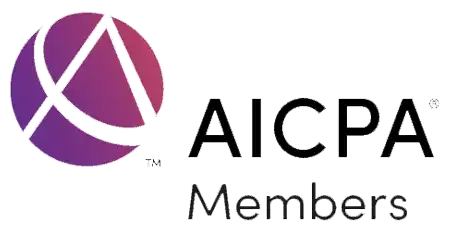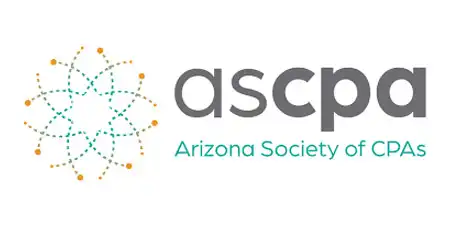In general, there are two types of unrelated business income (UBI):
- debt-financed income, and
- income from regularly conducted, unrelated trade or business activity.
Debt-financed income is relatively narrow in scope, typically consisting of such sources as rent, interest, dividends or royalties generated by financed property.
In contrast, unrelated trade or business income can take a wide variety of forms. Examples include income from: the sale of advertising in the organization’s regular publications or website1; insurance programs sold to members; booth rental at trade shows2; and the ongoing sale of merchandise (e.g., mass-market clothing) that is unrelated to the organization’s purpose, even those the profits benefit the organization.
To be considered UBI, the source of the income must meet three requirements:
- It is a trade or business.
- It is regularly carried on.
- It is not substantially related to furthering the exempt purpose of the organization.
There are exceptions to these requirements, such as when the unrelated business activity is conducted primarily for the convenience of the organization’s members, students, patients, employees, etc.; when income is generated from the sale of low-cost items, donated property or, similarly, from work performed by volunteers; or when the organization earns dividends, royalties, interest, capital gains, etc., from passive investments.
Calculating and Reporting UBIT
Similar to a for-profit enterprise, taxable UBI is derived from the gross income generated by the unrelated activity, less allowable deductions. “Allowable deductions” are expenses directly connected with the unrelated business activity.
In generating taxable and non-taxable income, it is common to make “dual use” of facilities, operating costs and employee-related costs. That is, some of the people, equipment, etc., that are necessary to carry out the organization’s tax-exempt purpose are also used to generate UBI. In those cases, costs must be allocated between the uses. For example, if an employee earns $50,000 per year and devotes 10% of her time to an unrelated business activity, then $5,000 of her salary is deductible from gross UBI.
UBI is taxed at corporate income tax rates and is reported on U.S. Form 990-T and the applicable state income tax form. An organization with $1,000 or more of gross income from unrelated business is required to file its Form 990-T by the 15th day of the fifth month after the end of its tax year. If the organization anticipates paying $500 or more of UBIT for the year, it is required to pay the tax in quarterly estimated payments.
Excessive Unrelated Business Income
If UBI comprises a substantial portion of its income, an exempt organization risks losing its tax-exempt status. This is because the unrelated business activities of the organization will have gone beyond those that are merely incidental to the organization’s tax-exempt purpose. In such circumstances, the organization may wish to establish a taxable subsidiary. That allows the subsidiary to freely engage in commercial activity without threatening the tax-exempt status of the parent organization.
To complicate this issue, neither the courts nor the IRS clearly defines what constitutes a “substantial” or “excessive” portion of an organization’s income. Guidance might be gained from recent court decisions in which UBI totaling 30% of an organization’s overall income was sufficient to trigger revocation of its tax-exempt status. In 2002 the IRS issued a private letter ruling referencing courts’ denial of exemptions to organizations where their UBI exceeded 25% of their total.





